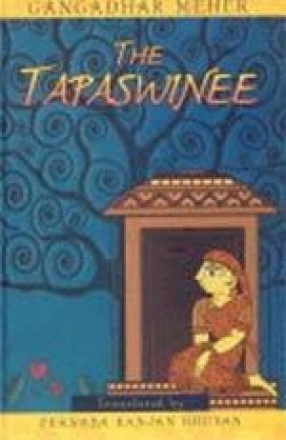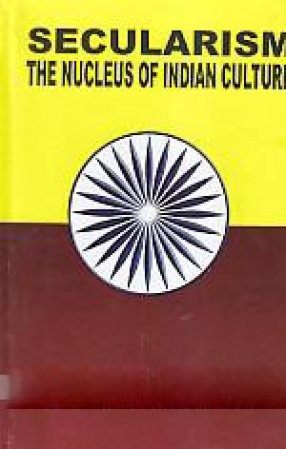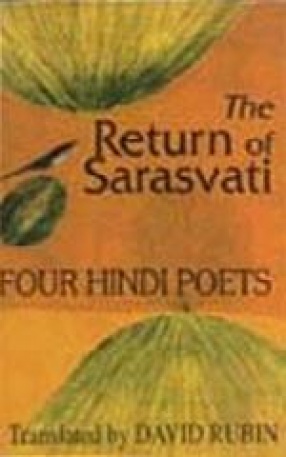As the Sun Temple at Konarak stands unbeaten in the realm of Oriya art and architecture, so is The Tapaswinee in the arena of Oriya literature for its artistic excellence as a classic or a kavya. Based on the episode from the Ramayana it relates the harrowing story of Sita, marooned on the bank of the river Tamasa, who sought shelter in the hermitage of Valmiki. Afflicted with abiding despair of desolation and agony of bereavement, Sita embraces asceticism as the way of her life. This trauma of bereavement leading to triumph finds unique expression in the kavya. Extraordinary status of a queen and the status of a lady-ascetic have been aesthetically harmonised. Sita, the embodiment of purity, chastity, love, devotion, and sacrifice, have been projected as the epitome of Indian womanhood and is aptly adored and idealised. Prakriti or mother nature has been personified and is depicted as sympathising with Sita at the gloomy hours of her life. This superb treatment of nature and profound psychological insights in the delineation of characters bears eloquent testimony to the originality of the kavya. The theme of the kavya, drawn from the Indian antique mythology, embarks upon modernity with a unique touch of freshness and promises of the new. The happy and consummated blending of classicism and romanticism, setting a splendid example of classi-romantic trend and style in poetry, provides for a richness of variety and taste in Oriya literature. In the present scenario when both the east and west are devoid of basic moral values under the gory tentacles of selfishness, hypocricy and hypes, the humanity at large will certainly get a hope from the classic that upholds a profound commitment to the basic moral values–purity, kindliness, selflessness, and sacrifice for which the Indian spiritual life stands.
The Tapaswinee
In stock
Free & Quick Delivery Worldwide
Bibliographic information
Title
The Tapaswinee
Author
Edition
1st ed.
Publisher
ISBN
8126904127
Length
xiv+122p.
Subjects






There are no reviews yet.